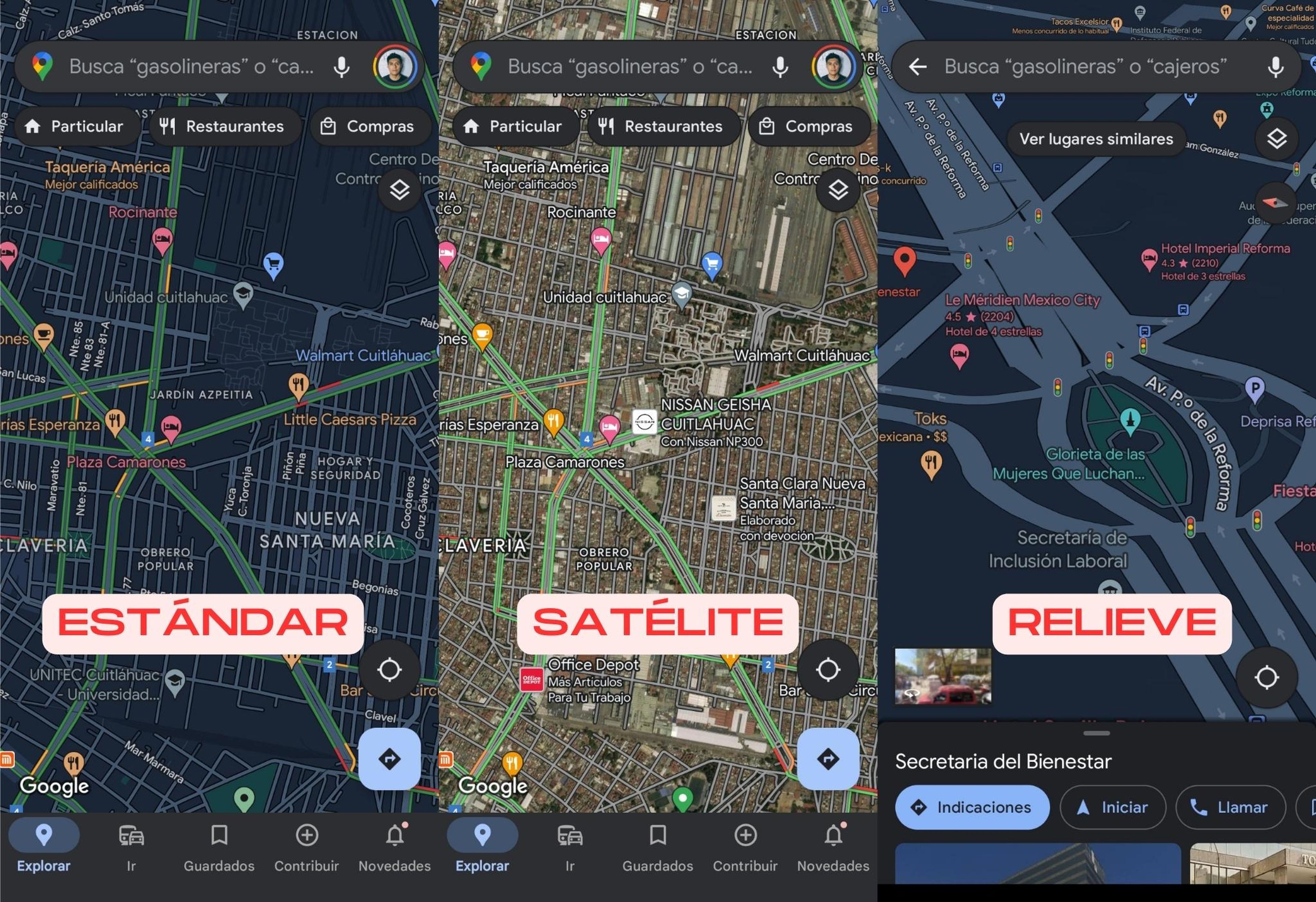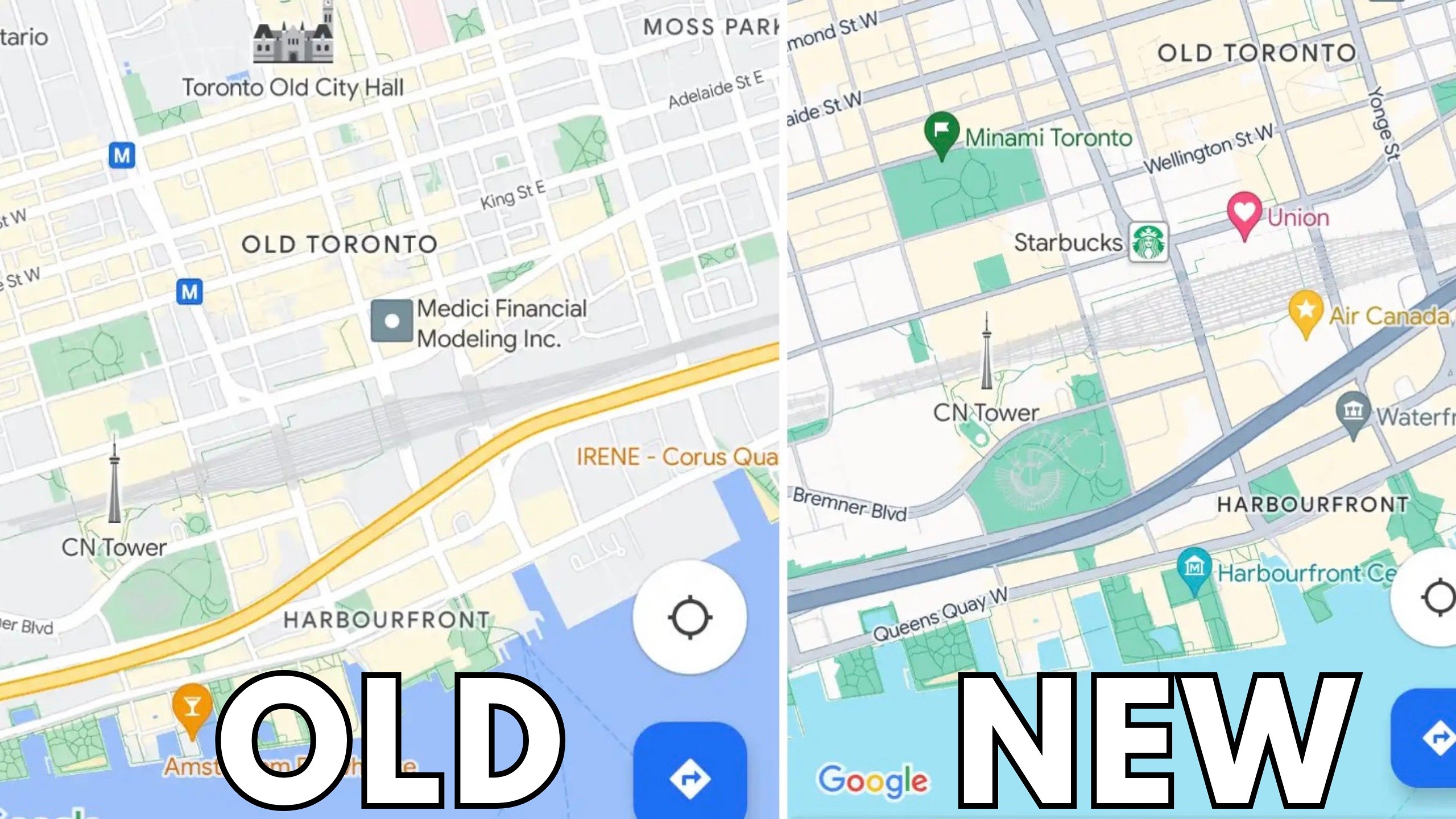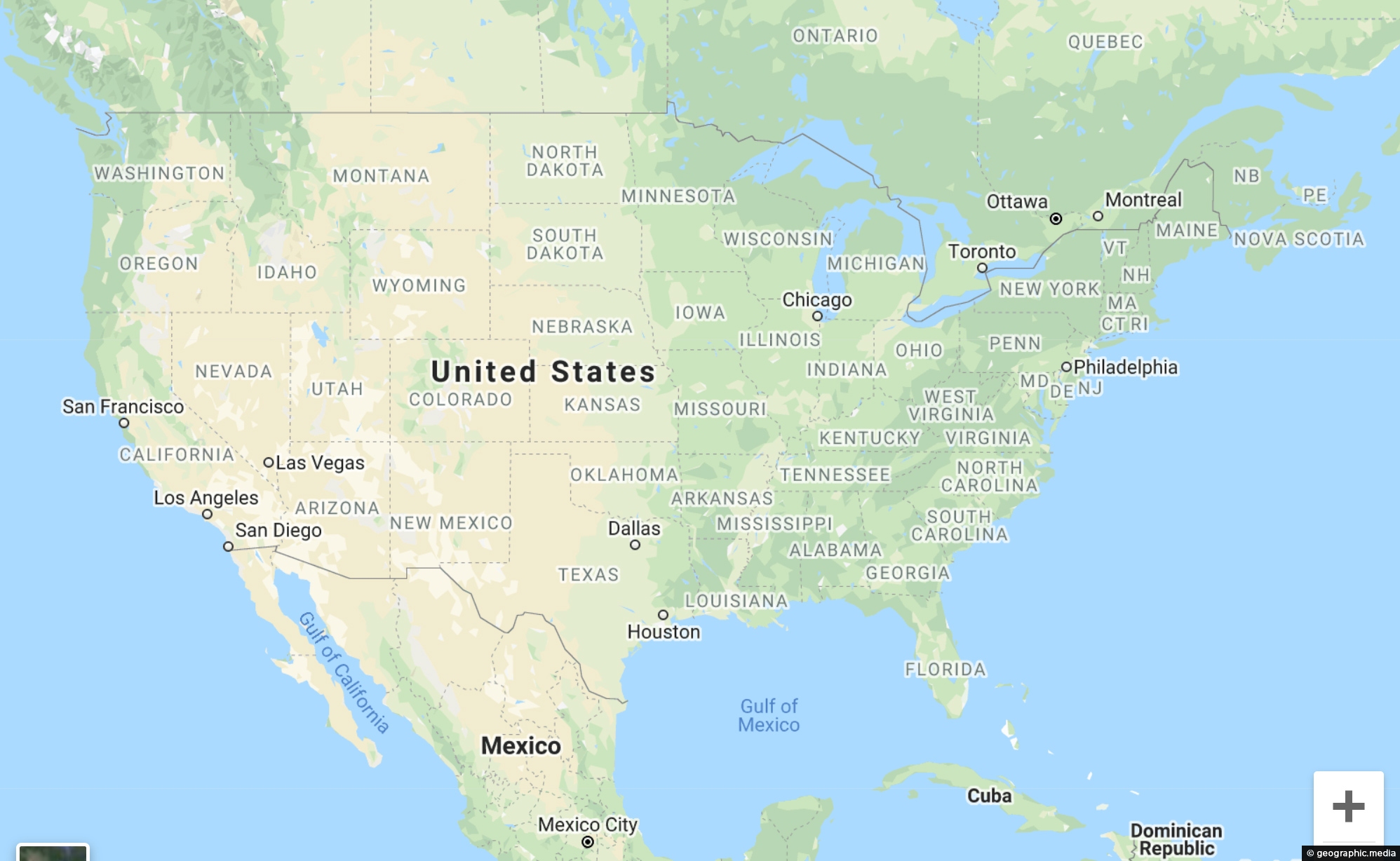
Navigating Sacred Ground: A Traveler’s Guide to Native American Land Claims
Forget the conventional map for a moment. The one that delineates states, national parks, and popular attractions. There’s another map, invisible to many, yet deeply etched into the very landscape of North America: the map of Native American land claims. For the conscious traveler, understanding this map isn’t just an academic exercise; it’s a profound lens that transforms every journey, imbuing it with layers of history, culture, and contemporary relevance. This isn’t about reviewing a single location, but rather reviewing the experience of travel itself when viewed through this essential, often overlooked, cartographic and historical framework.
The Map Beyond the Pavement
What are we talking about when we speak of maps showing Native American land claims? We’re referring to the historical territories, treaty lands, current reservation boundaries, and ancestral homelands of hundreds of Indigenous nations across the continent. These maps illustrate not just where people are today, but where they were, where they belong, and the complex, often tragic, story of displacement, resilience, and ongoing connection to the land.

For the traveler, this means that virtually every road trip, every hike through a national park, every visit to a historic site, is taking place on land that has a deeper, older story than the one typically presented in guidebooks. When you acknowledge this, the landscape literally shifts. A picturesque vista becomes a sacred site, a scenic overlook transforms into a place of ancestral memory, and a popular tourist destination reveals itself as a contested territory, past and present.
Why This Matters: A Deeper Travel Experience
Traveling with an awareness of Native American land claims isn’t about guilt-tripping; it’s about enriching. It’s about moving beyond superficial sightseeing to a genuine engagement with the land and its original peoples.
- Contextual Understanding: It provides an invaluable historical context for everything you see. The names of rivers, mountains, and towns often hint at Indigenous origins, but understanding the land claims reveals the deeper stories behind those names – the battles fought, the treaties signed (and broken), the spiritual significance of particular geological formations.
- Cultural Immersion: It opens doors to authentic cultural experiences. Knowing whose land you are on encourages seeking out Indigenous-led tours, cultural centers, and businesses, allowing for direct, respectful interaction with the communities whose histories are intertwined with the very ground beneath your feet.
- Ethical Tourism: It fosters responsible and ethical travel. Supporting Indigenous economies directly, respecting sacred sites, and understanding local protocols become natural extensions of your journey, ensuring your visit contributes positively rather than perpetuating historical erasure.
- Challenging Narratives: It encourages a critical perspective on dominant historical narratives. Many beloved national parks, for instance, were established on lands forcibly taken from Indigenous peoples. Recognizing this doesn’t diminish the beauty of these parks but adds a crucial layer of understanding about their origins and ongoing management.


The American Southwest: A Case Study in Layers
Nowhere is this "invisible map" more apparent and impactful for the traveler than in the American Southwest. States like Arizona, New Mexico, Utah, and Colorado are mosaic of Indigenous nations – the Navajo, Hopi, Zuni, Apache, Ute, Pueblo nations, and many more. This region, renowned for its dramatic landscapes and ancient ruins, becomes an immersive classroom when approached with an awareness of land claims.
Consider the Grand Canyon. A global icon, managed by the National Park Service. Yet, for millennia, it has been the sacred homeland of numerous tribes, including the Havasupai, Hualapai, Navajo, and Hopi. For the Havasupai, the canyon floor is home, their ancestral village nestled within its red walls. When you stand on the South Rim, gazing into the abyss, understanding that this is not merely a geological wonder but a living, sacred landscape for its original stewards transforms the experience from awe to profound respect. The map of their historical territories overlays the official park boundaries, reminding us that nature’s grandeur often coincides with deep cultural significance.
Move east into Navajo Nation, the largest Indigenous reservation in the United States, spanning parts of Arizona, New Mexico, and Utah. This is where the invisible map becomes visible. Signage changes to Navajo, local radio stations broadcast in Diné Bizaad, and the cultural fabric is distinctly Indigenous. Here, iconic formations like Monument Valley are not just backdrops for Western films; they are sacred places, home to Navajo families, and best experienced through the eyes of a Navajo guide. These guides, often operating on their ancestral lands, share stories, traditions, and perspectives that no general tour bus could ever convey. This is direct economic and cultural engagement, a tangible way to respect and support land claims.
Nestled within Navajo Nation are the Hopi Mesas, home to the Hopi people, whose continuous occupation of their villages for over a thousand years makes them among the oldest continuously inhabited settlements in North America. Their land, protected by treaty, is a beacon of cultural integrity. Visiting the Hopi Mesas requires an understanding of strict protocols – photography is often forbidden, and respect for their traditional way of life is paramount. Here, the map is not just about boundaries, but about the preservation of an entire worldview, a testament to resilience against immense pressure.

Beyond Iconic Sites: The Everyday Landscape
The relevance of Native American land claims extends beyond these well-known attractions. Driving through rural New Mexico, you might pass through lands historically claimed by various Apache bands, now with a patchwork of reservation and public lands. In Colorado, the Ute Mountain Ute Tribe and Southern Ute Indian Tribe maintain vibrant communities on ancestral lands near popular ski resorts and national forests. Even in urban centers, historical land claims often lie beneath the concrete, a fact increasingly acknowledged through land acknowledgements at public events and institutions.
The creation of many beloved National Parks and National Forests involved the displacement of Indigenous peoples. Yellowstone, Yosemite, Zion, Arches – these pristine wilderness areas were once hunting grounds, sacred sites, and homes. To travel through these areas with an awareness of the tribes who were forcibly removed (e.g., the Crow, Shoshone, Blackfeet for Yellowstone; the Ahwahnechee for Yosemite; the Paiute for Zion) adds a layer of solemnity and a call for recognition. It encourages us to ask: whose land is this, truly? And what responsibilities do we, as visitors, bear?
Practical Steps for the Ethical Traveler
How can you integrate this understanding into your travels?
- Research Before You Go: Before visiting any area, especially in regions with a significant Indigenous presence, do a quick search: "Whose ancestral land is ?" Websites like Native-Land.ca are excellent resources. This simple act acknowledges the original inhabitants.
- Seek Indigenous-Led Experiences: Prioritize tours, guides, and businesses owned and operated by Indigenous people. This ensures your money directly supports the community and provides an authentic, culturally appropriate experience.
- Visit Tribal Cultural Centers and Museums: These institutions are invaluable sources of information, art, and history directly from the community’s perspective. They offer deep insights into traditions, contemporary life, and the nuances of land claims.
- Learn Local Protocols: Some Indigenous communities have specific rules regarding photography, drone usage, access to sacred sites, or interactions. Always respect these protocols, which are often in place to protect cultural integrity and privacy.
- Buy Authentic, Directly from Artisans: If purchasing crafts, ensure they are authentic and bought directly from Indigenous artists or reputable tribal enterprises. Avoid mass-produced "Native-inspired" items that exploit cultural heritage without supporting the creators.
- Be Present and Respectful: Listen more than you speak. Ask thoughtful questions. Recognize that you are a guest on someone else’s homeland.
- Acknowledge the Land: Even if it’s a quiet, personal moment, take time to acknowledge the ancestral lands you are traveling through. This simple act of recognition can deepen your connection to the place.
Conclusion: Beyond the Brochure, Towards Connection
Traveling with an awareness of maps showing Native American land claims isn’t about adding a burdensome layer to your itinerary; it’s about unlocking a richer, more meaningful, and more responsible way to see the world. It transforms travel from passive consumption to active engagement, from fleeting observation to profound connection. It encourages us to look beyond the immediate beauty and delve into the complex, often challenging, but ultimately empowering narratives woven into the very fabric of the land.
So, the next time you plan a trip, pull out that other map – the invisible one, the one that tells the story of Indigenous resilience, stewardship, and enduring connection to place. Your journey will not only be more informed but infinitely more profound, a testament to the power of acknowledging the sacred ground beneath our feet. This isn’t just travel; it’s an act of respect, reconciliation, and rediscovery.
